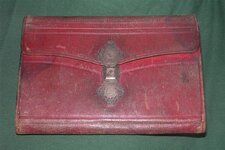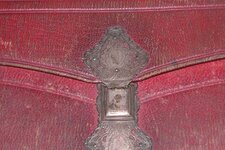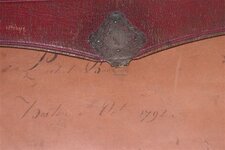West Jersey Detecting
Gold Member
I found this tiny silver thing today at the site where I found the KGIII, the Draped Bust Half Cent and the Seated Half Dime earlier this week. It was more than 8 inches deep, but I knew immediately it was silver when I saw it. It was bent but I was able to straighten it out a bit. It measures 21mm wide by 22 mm high including the tab that must have fit into a slot. The tab was once straight but I do not want to risk any more stress on the metal.
Any ID is appreciated!
Any ID is appreciated!


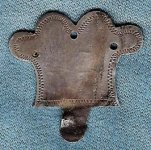






 Nickle maybe
Nickle maybe 
![bible1[1].jpg](/data/attachments/451/451917-450d68bba4dc20119dba8f3243257e98.jpg)
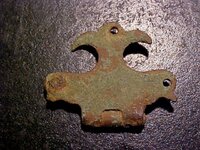
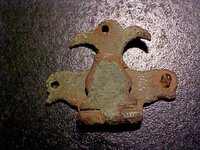
![122s[1].jpg](/data/attachments/447/447505-97b8c6d6a8e59a0b999b723328f3de58.jpg)
![palmbook-1[1].jpg](/data/attachments/447/447522-83b8157cc8869559951db65f1b58bfbc.jpg)
